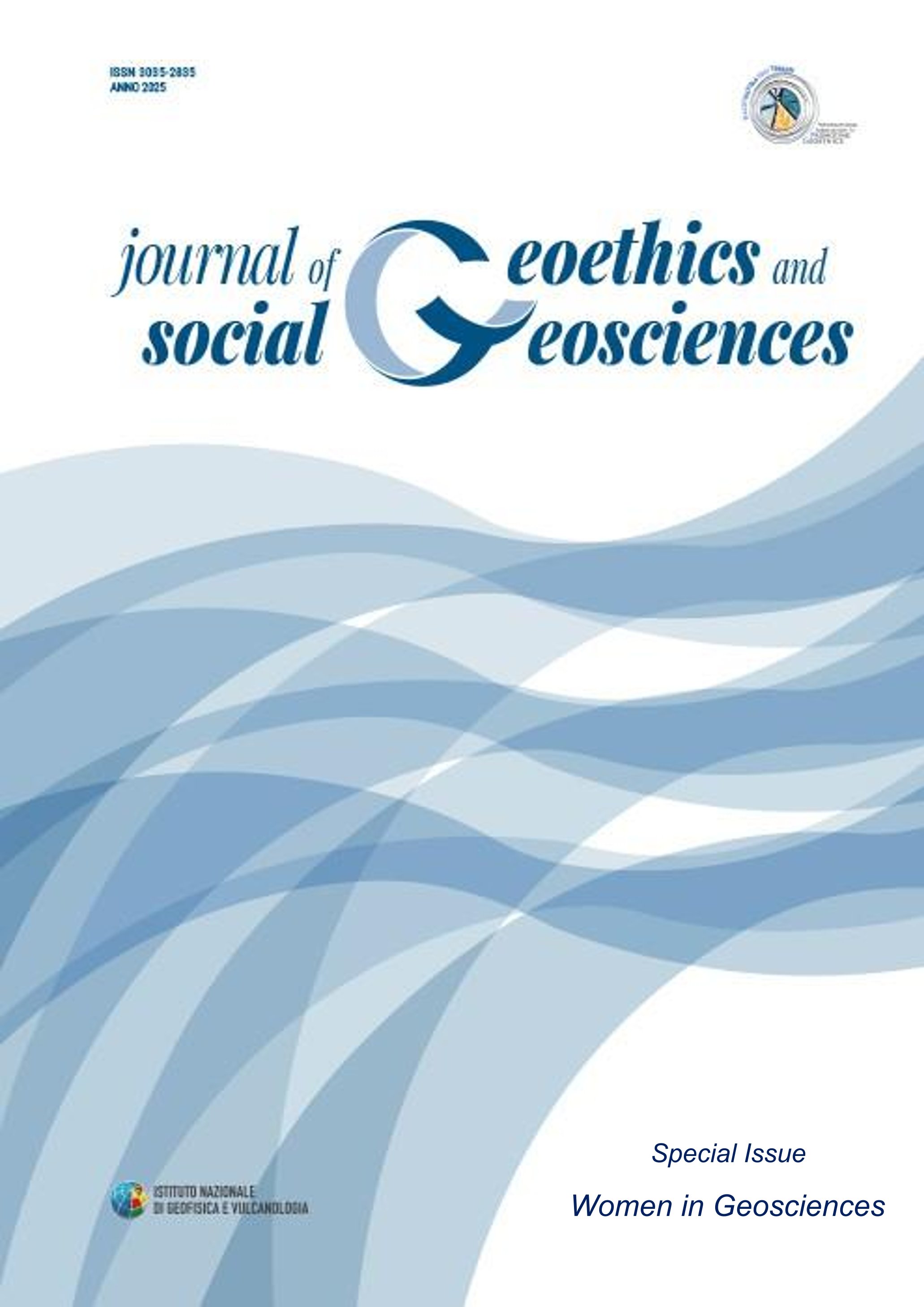Monsters and dragons of the past: the ichthyosaur of Mary Anning
Main Article Content
Abstract
In 1811, following the discovery of a skull by her brother Joseph, Mary Anning (1799-1847), then aged 11, discovered the fossil remains of what would be identified as the first complete ichthyosaur, a decisive breakthrough in the history of understanding past life.
This contribution examines the discovery of the ichthyosaur not as an isolated event, but as part of a wider network of female contributions to early nineteen-century geosciences. Despite their exclusion from formal education and scientific institutions, women such as Mary Anning, certainly the best known, Elizabeth Philpot (1779-1857), Charlotte Hugonin Murchison (1788-1869) and Mary Morland Buckland (1797-1857) played crucial roles in the development of early nineteenth-century geosciences, collaborating with each other and with male geologists, often without recognition. Through manuscript and printed sources, we reconstruct how their expertise, from fossil preparation to scientific illustration, shaped disciplines then in the making.
The story of Anning and the other women geologists offers an emblematic case study of the gender dynamics in nineteen-century science, between male appropriation of knowledge and female resistance.
Article Details
Section

This work is licensed under a Creative Commons Attribution 4.0 International License.

